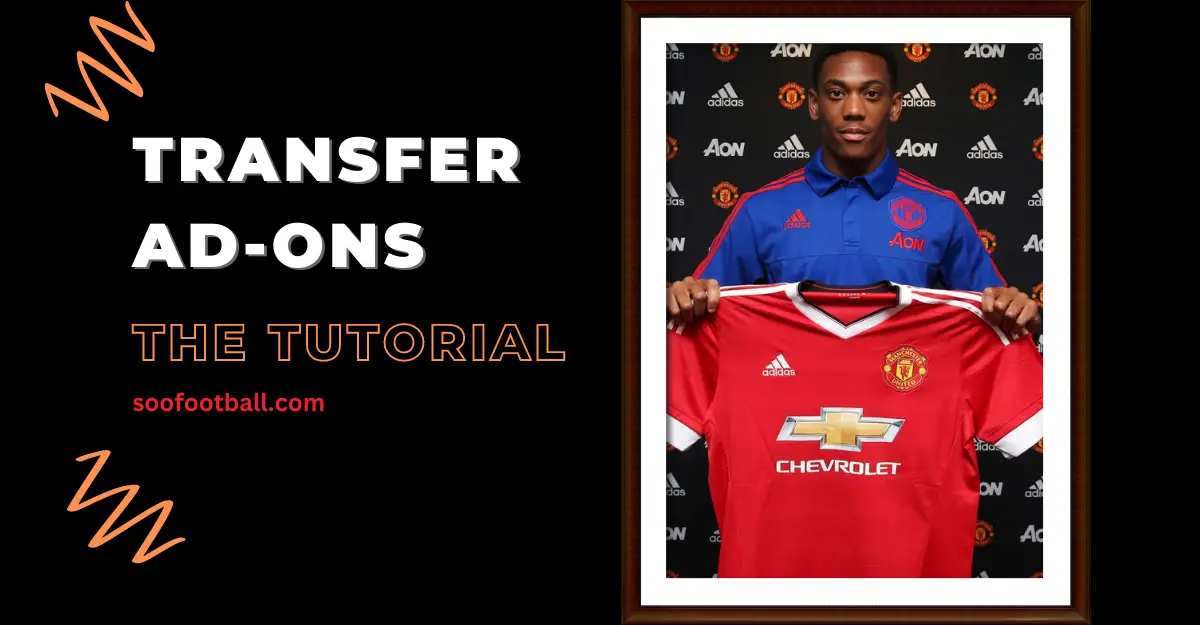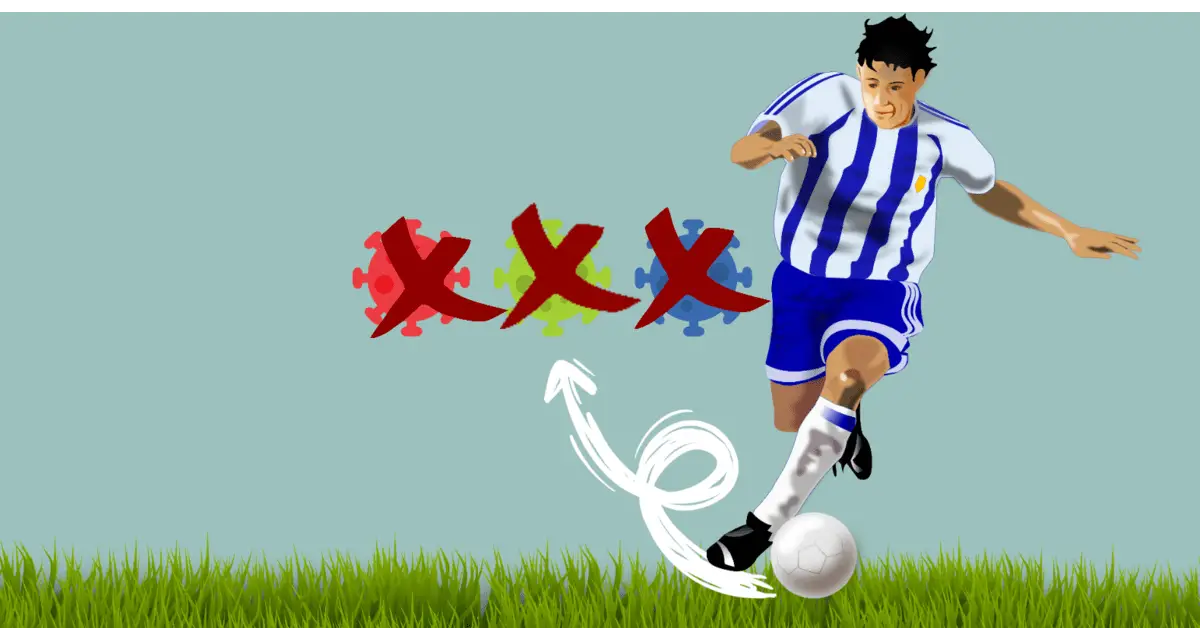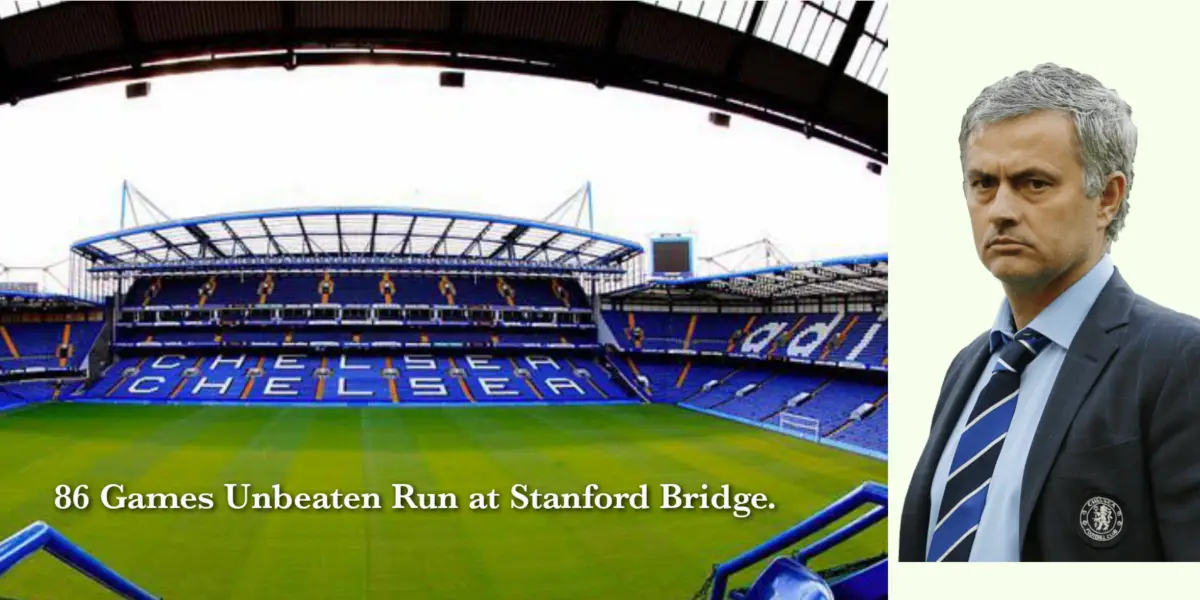If you have ever wondered what add ons are in football transfer, you are in the right place.
One way a Football club makes money is through the transfer of players. The transfer fee of a player is one thing but add-ons are another. Out of curiosity, football fans like you just want to know what Add ons mean in a football transfer.
Usually, you hear news like a player has been signed for XYZ amount but the fee could rise to ABC if certain conditions are met in add-ons.
What is the origin of Add ons in Football Transfer? What do Add ons mean in Football Transfer?
General Overview of Transfer In Football
In professional football, a transfer is when a player under contract moves between two clubs.
Players can only be transferred during a transfer window: the summer transfer, which is during the pre-season, and the winter transfer in January.
If a player transfers before the end of his or her contract, the new club must compensate the old one. This is referred to as a transfer fee.
When there is a transfer in football, especially one involving a big name, the first thing any fan wants to know is how much money is involved.
It is important to understand what transfers mean especially because ad-ons are part of a player transfer agreement.
What Does Add-ons Mean In Football Transfer?
Add ons are additional payments made by the buying club to the selling club after certain conditions are met.
Transfer add-ons are a beneficial element in the game. They can help you get a player for less money than you would otherwise.
However, there are a few conditions that will hardly impact you overall.
This is an agreement where the two clubs strike to push the transfer through.
Add ons clauses In Football Transfer
These are the conditions that both clubs agree to for the additional fees to be paid to the selling club.
Let’s consider some elements of Add ons in a Football Transfer.
League appearance
This add-on applies when a fee is agreed upon for the player you are trying to sign after completing some number of games for the new club.
After this has been met, the fee is forwarded to the selling club.
After International appearance
Similarly to the league appearance, this clause applies during national team caps.
Number of goals
This clause means that you will pay the club you are trying to buy a player from a certain amount of money once he scores a certain amount of goals for the club.
Trophy or tournament participation
This clause entails that the buying club will pay additional fees when the player wins a title with the club or helps the club qualify for the competition.
This includes league titles, Champions League qualification, FA Cup, or even helping the team gain promotion.
Individual Award
This can be when the player you sign wins or is nominated for individual awards such as FIFA’s Best Player, or Team of the Year.
Examples of transfer add-ons In Football
Antony Martial was transferred from AS Monaco to Manchester United in September 2015. The initial fee was £36m as it was agreed.
There were Add-ons agreed which included, Martial, having to score 25 Premier League goals, earn 25 caps for France, and be nominated for the Ballon d’Or award.
Monaco was entitled to receive £7.6m separately if the clauses were met. It emerged that United may have to pay £60m in total for the deal.
The Guardian reported Philippe Coutinho’s move from Liverpool to Barcelona, costing an initial £106m in January 2018.
The transfer contained several potential add-ons including;
- £4.5m for every 25 appearances up to 100
- An extra £4.5m due if they qualify for the 2018-2019 Champions League and;
- Another £4.5m if they won the competition.
Those Champions League clauses were repeated for the 2019-2020 season. Liverpool could have earned £142m from the deal.
Also, when Bayern Munich signed Renato Sanches from Benfica for an initial fee of €35 million in 2016.
The add-ons include: If Sanches was named in the World Team of the Year or FIFA World Player of the Year, the total transfer fee could rise to €80 million.
What are bonuses?
In transfers, bonuses convince a player to sign with the new club. When players are free or even under contract, bonuses are given to them for deciding to play for the club because competition may arise.
Many footballers today consider bonuses before signing with a club. as they seek a comfortable life.
This money is mainly paid during the first season of the player’s arrival.
For example, the likes of Alaba, Sergio Ramos, and Rabiot all received a signing bonus.
There is also a bonus payment that can be included in a contract that will be based on the player’s performance: games played, goals scored, matches won, etc. These are done to get the best out of the new players.
Difference between Add-ons and Bonuses
The big difference between these two is that Add ons fees go to the selling club account while bonuses go directly to the player’s account.
However, both can be incorporated into a single transfer.
In the short run, this business strategy is good for the buying club and slow for the selling club.
However, in the long run, the selling club will benefit more than the buying club.
Final Thought
In a nutshell, Add ons in Football a transfer are additional payment made to a club if certain conditions are met.
Ad-ons are different from Bonuses. The major difference between Ad-ons and bonuses is that Ad-ons are paid to the selling club while Bonuses are paid to the player being transferred.
Further Reading:





